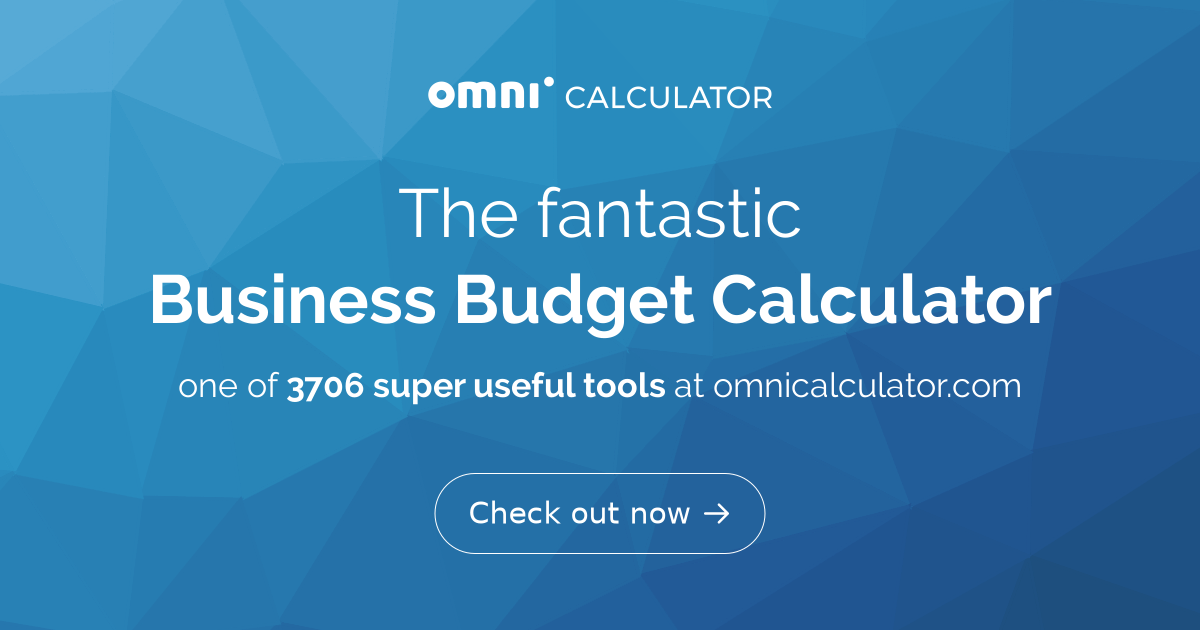How to Estimate a Proposal Budget: Considerations, Calculators, Communication
Creating an effective proposal budget is key to writing a winning proposal.
But it’s not exactly easy.
Your proposal budget has to be accurate, justifiable, and appealing ... all while ensuring profitability for your organization.
(Learn how RFP360 can help you streamline the proposal management process.)
But what exactly is a proposal budget?
A proposal budget is the budget you put forth in a business proposal. It serves as an estimate of the cost your prospect will pay if they select your organization.
Below, we’ll provide advice to help you create an effective proposal budget in the form of considerations, calculators, and communication tips.
5 Key Proposal Budget Considerations
When creating a proposal budget, you must consider five key factors.
- Salaries.
- Research and development.
- Travel costs.
- Operational expenses.
- Profit margin.
1. Salary Costs
To calculate the salary cost for your proposal, determine who will be involved in the project.
For example, an ad agency might support their clients with:
- Account executives.
- Creative directors.
- Art directors.
- Copywriters.
- Media buyers.
A software company, on the other hand, might rely on:
- Customer success representatives.
- Support representatives.
- Implementation specialists.
Once you know who will support the prospect if they select your organization, determine how much they make per hour.
Then, simply multiply that figure by the number of hours they will need to work.
2. Research and development
Your proposal budget should also take research and development costs into consideration.
How much did your organization invest in determining whether you had a viable market and offering? How much did you spend actually creating the offering?
While you won’t put the burden of recouping these costs on a single client, they are important to keep in mind.
3. Travel costs
If your employees must travel to satisfy your proposal, factor in these costs, as well.
This may include salespeople, implementation specialists, trainers, account managers, or anyone else who does on-site visits with the client.
4. Operational expenses
Operational expenses are crucial to remember when creating a proposal budget. After all, you have to keep the lights on.
Calculate costs such as marketing, sales, rent, utilities, maintenance, general staff, and any other expenses your organization must incur to continue operations.
5. Profit margin
Finally, understand your target profit margin.
While your business objective likely centers around your customers, you can’t serve anyone if you don’t stay in business.
Understand and consider your profit margin before finalizing your proposal budget.
Proposal Calculators
To help you accurately estimate your proposal budget, we’ve compiled a list of calculator tools.
NFWF Indirect Cost Calculator
The National Fish and Wildlife Foundation offers this Indirect Cost Calculator tool “to assist applicants with calculating the allowable amount of indirect costs that can be included in proposal budgets.”
Price&Cost
Price&Cost is a software solution that offers “painless project budgeting and cost tracking.”
While the solution costs $90 per month in their lowest pricing tier, they offer a 14-day free trial.
Here’s a short, one-minute video that explains how it works:
Omnic Calculator
This tool is designed to work as an overall business budget calculator that “you can treat as a business budget worksheet to plan out the budget for upcoming months or to quickly reassess your priorities.”
It can, however, serve as your proposal budget calculator. Just ignore the income sections and focus on one-time costs, salaries, and monthly expenses.
Understanding Client Needs Through Communication
Effectively communicating your proposal budget is key.
One often-overlooked step in this process comes during the client discovery period: Understanding your prospect’s budget.
Creating a proposal budget that’s wildly out of line with their expectations won’t help anyone.
But how do you get your prospects to open up about their budget before you respond to their requests for proposals (RFPs)?
According to sales expert Lilly Ferrick, “You could come right out and ask, ‘What is your budget?’ But in doing so, unless you’ve already established a high degree of trust, you are likely to encounter obstacles.”
Instead, she suggests:
- Providing a typical budget range and asking if that falls in line with their expectations.
- Asking open-ended questions, like “What kind of budget do you have in mind?”
- Asking if they have determined a budget, and helping them determine one if they haven’t.
Approaching the topic in this manner allows prospects to engage in a fluid conversation, instead of locking them into a specific figure before they’re comfortable.
Use the insights gained from this discussion to tailor your proposal to their needs and limitations.
Once you’re ready to present your proposal budget, you’ll want to create a budget narrative — also known as a budget justification.
According to the Rochester Institute of Technology (RIT), a budget narrative serves two purposes:
- Explaining how you estimated the cost.
- Justifying the cost.
The key to writing a budget narrative that appeals to prospects is providing adequate detail and tying everything back to return on investment (ROI).
In most cases, organizations aren’t trying to avoid spending money — they’re trying to avoid wasting money.
As long as you can prove the money they invest in your organization will bring value, they’ll happily accept the cost.
How RFP360 can help
RFP360 — the only full-circle RFP management system on the market today — streamlines the entire proposal management process, empowering users to focus on creating compelling content that leads to wins.
“RFP360 has really helped us handle dramatic influxes,” said Technolutions Chief of Staff Laura Gardner. “For example, at one point last year, we had 12 RFPs due in one month, and we were able to submit responses to all of them.”
Learn how RFP360 can improve the proposal management process at your organization.
As RFP360’s sales director, Pat is responsible for implementing strategic growth initiatives, mentoring sales staff, and driving revenue. Before joining RFP360, he led the sales team for a growing tech firm as they launched their North American presence and new go-to-market strategies. When he’s not working or chasing down his one-and-a-half-year-old and three-and-a-half-year-old children, he enjoys golfing and watching live music.

